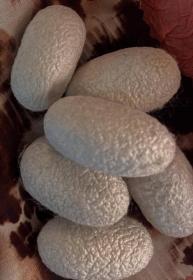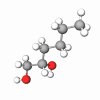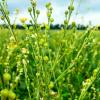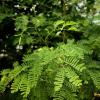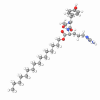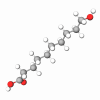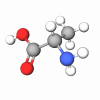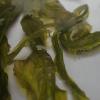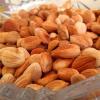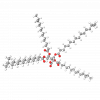Possibly no word conjures up more emotion than silk. Garments produced from this protein fiber have been held in high esteem for centuries. Silk has been prized for its feel, its magic, and its aura of quality. Silk is a natural fiber, which is produced by the larvae of the silk moth Bombyx Mori as protection during pupation while undergoing its metamorphosis from caterpillar to moth.
The fibers actually consist of two strands made of a protein called fibroin, held together by sericin – a protein gum – which differs from the fiber in its amino acid profile by being soluble in water. The fiber can be removed from the cocoon before the moth emerges, cleaned, degummed, and used to spin silken cloth. This forms the basis of the sericulture industry.
Silk has been referred to as the “Princess of Fibers”. The pearly luster and brilliance of the fiber are a consequence of its tightly packed laminar structure. This is made possible by the predominance of the simpler amino acids, glycine and alanine in its amino acid profile.
Powdered silk is produced by taking pure degummed fibroin and grinding it up under aseptic conditions. It is a multifunctional ingredient for skin and hair care applications. It has good conditioning properties, forms a protective film on skin and hair, and discharges static electricity. Silk improves the moisturizing and sensory profile of formulation enhancing emergency, appearance, and texture.Powdered silk has the ability to hold and retain moisture and to entrap oil. It will therefore find application in cosmetic formulations for oily skin. Incorporation into make-up based on mica pearl helps to reduce shine and allows the true colors to come through in a natural fashion. Despite its insolubility, silk can be incorporated into shampoos by dispersing silk powder in the surfactant system.
